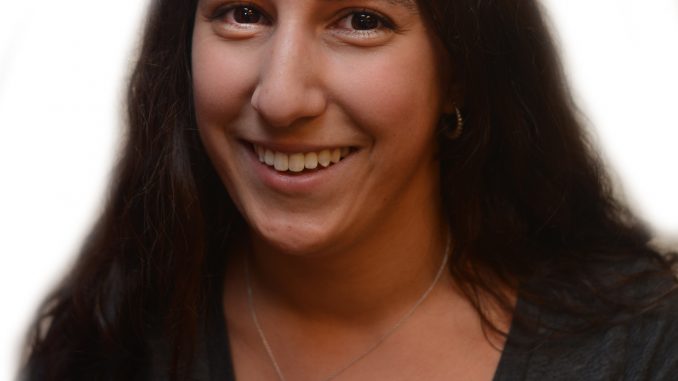
 I have no idea what possessed me to click on the link in that Visualize Temple email, one of the many Temple-related messages I received over the summer. I guess I wasn’t alone on this.
I have no idea what possessed me to click on the link in that Visualize Temple email, one of the many Temple-related messages I received over the summer. I guess I wasn’t alone on this.
The feedback site, powered by the web collaboration platform MindMixer and introduced by Temple’s administration last spring, has fostered more than 8,500 interactions and gained more than 5,000 unique users so far. It allows users to submit policy proposals intended to improve the community. Users can comment on ideas and award anywhere from one to three stars based on how much they like each proposal.
Whether it was curiosity or masochism that led me to log on, I was surprised to find that the ideas on Visualize Temple are as diverse as a Temple brochure photo. Policy suggestions range from the sublime – “More dining options!” – to the ridiculous, like “More spider hunting facilities.” Most of the ideas on the site are overwhelmingly positive, or at least well-intentioned. But before I could even get upset that the site was displaying my middle name alongside my comments, I ran across some ideas that made me see cherry red.
User Courtney L W’s idea, titled, “Less hood, more college” reads, “It’s frustrating always worrying about safety. Things will happen anywhere, but I would love to see the surrounding areas have fewer ‘locals’ and more students. I want to feel safe coming home after a late night studying or out, and feel surrounded by many people doing the same.”
Posts like this make me wonder why students like Courtney L.W. choose to attend Temple. Does she realize that her idea of fewer “locals” means pushing real people with families to feed, clothe and house out of their residences?
These are people with real community ties. How do you expect to have these ties if you, like Courtney L.W., are afraid your neighbors are going to hurt you?
In the words of user Timothy J. V, “‘Locals’ is just veiled racism. Do low-income neighborhoods make you feel ‘unsafe?’ If you can’t handle living near people whom you don’t know, you should probably transfer to a school farther away from human beings and closer to nature and animals and farms.”
The truly revolting fact about this is that Courtney L.W.’s post earned 37 stars. That means more than 12 people think it’s an awesome idea to pull a University City and ignore Temple’s commitment to being “good neighbors” by gentrifying the surrounding area, already full of people who don’t have a ton of other options when it comes to affordable housing. The median household income for the zip code 19121 is $14,984, according to the Pew Charitable Trust’s most recent State of the City report. That’s the second-lowest median income in the entire city. It’s below the poverty line for a family of two people. Guess who can afford to pay predatory landlords $600 a month to live in one room? Not these folks.
But if I can afford to push these people out, they can just, like, move into public housing, right?
If user Thomas E.B gets his way, they won’t be able to do that either.
He writes, “Temple needs to join with the city and declare eminent domain over the housing project along Berks between 11th and 10th. Take that over, clean it up, and turn it into housing.”
Are you serious, Thomas E.B.? You want Temple to reach deeper into its pockets to put some more expensive housing in that same community? In addition to being pretty offensive, this idea could use a rethink in terms of dollars and cents.
I’ll echo the sentiment of Harris M. B., who commented, “It is incumbent upon the Temple community to harmoniously co-exist with our neighbors.”
We’ve already committed to receiving our education here in North Philadelphia. Let’s open our minds about exactly what it means to live among North Philadelphians.
Nina Lispi can be reached at nina.lispi@temple.edu.



Be the first to comment